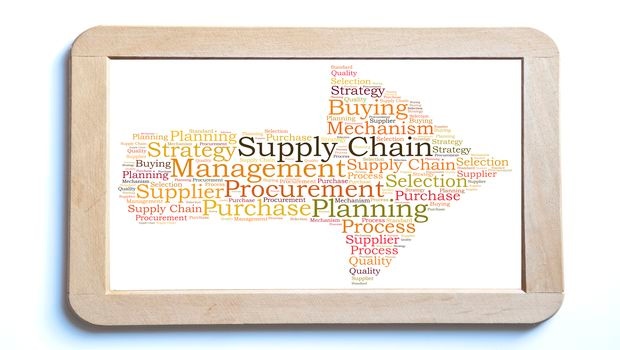Opportunities ahead in post-pandemic world
Consumers now more aware of food chain challenges, but higher costs are ahead.

Had a pandemic like COVID-19 shown up 10 or 20 years ago, the outlook may not be the same. However, A.G. Kawamura, owner and partner of Orange County Produce LLC, believes positive things will come in a post-pandemic world if we embrace the 21st-century solutions available for the food sector.
There are opportunities in the 21st century that were not obtainable in the past several decades. “We do not have to accept what happened in the 20th century with wars, famines, pestilence and plagues. In this century, we have every ability to re-envision the world and redesign our place in the world,” Kawamura stated during a recent Farm Foundation forum.
Kawamura was joined by Deere & Co. chief economist Luke Chandler and AgResource president Dan Basse as speakers during the April 28 forum discussing the challenges and opportunities for agriculture in a post-pandemic world.
The nation has never truly faced scarcity, but the public is beginning to realize the logistical challenges involved in getting abundant supplies of food distributed. Kawamura said no producer ever wants to grow something just to throw it away or plow it back under. “Our goal is to create abundance and then not waste product,” he said.
A new nimbleness can allow the food industry to pivot and create new pathways to divert abundance, including turning waste products into compost or corn into ethanol. Sometime in the future, instead of dumping milk, the goal would be to save that milk and transform it into a powder for use in a shelf-stable product.
Today, the infrastructure exists to pivot and turn to address food shortages, food supply gaps and scarcity globally that didn't exist before. “This is our first time to exercise our collective muscle as humanity on a planet,” he added.
Meat shortages ahead
U.S. consumers will be facing more shortages, Basse stated, adding, “Consumers will be paying record amounts for beef, and there will be shortages. That is something we have not seen before.”
He said as processing capacity has scaled down from 490,000 head of cattle per week to 400,000 per week, that meat will not be available. “The longer the problem stays in the industry, we will be backing up animals,” Basse explained.
He also said the pork industry could create consumer angst in decisions between exports and domestic use. An estimated 28% of pork goes into export channels, but since that number may rise, Basse projects pushback from consumers. Overseas exports include a carcass sliced in half, frozen and then shipped.
Basse said the fabrication of meat, and the differences in case-ready meat for the grocery store versus larger meat cuts typical for restaurant use, could create additional changes in the food system. Walmart previously did away with in-house fabrication of meat. “Maybe some stores move back to that,” he said. More fabrication may be done at home, with less processing occurring at the plant level.
Chandler noted that the global food system has become efficient over recent decades but wondered if governments will create stockpiles moving forward, as well as whether more focus will be placed on optionality domestically and how this will affect the food supply moving forward.
“With a less-efficient system, it will challenge consumers if they’re willing to pay more for their food to have a more robust system,” Chandler said.
Importance of viability
“Everybody forgot that the defense of your food system is a strategic move by any nation,” Kawamura said. “Our hope is that we're all looking to the world to recognize the pain out there for many in our sector will be permanent. They will not all be left standing.”
The current farming population — representing 2% of the total U.S. population — will be whittled down even further. “Those standing will have an enormous burden on our shoulders,” the third-generation fruit and vegetable grower said. Also, the government will need to provide a balanced and innovative support system moving forward.
Instead of “crying wolf,” there's an opportunity to create and expand a very dynamic food system and usher in a renaissance for agriculture with strategic thinking that embraces how much the food supply chain can change the picture.
Kawamura said it will be important to establish pivots and turns in the production chain to reduce farm product destruction and food waste and create new pathways to divert any abundance.
In looking at global sustainable development goals, many are supported through agriculture, but if agriculture is doing poorly, those goals — including improving soil health, addressing climate change and reducing food insecurity — cannot be accomplished.
Connecting with consumers
Chandler said, to date, many Millennials have not had a link back to the farm gate. “Once we get through the worst of this, we need to connect with consumers, particularly Millennials ... and how they value the entire food chain,” he said.
Basse said there is another American renaissance going on with the resurgence of cooking at home, but “it's a shame we have to have this health issue to get consumers reconnected to our farmers and understand the supply chain.”
Nonetheless, Basse said what it comes down to is that with a better appreciation of where food comes from and how food chains work, it's good for the farmer, the processor and the consumer alike.
About the Author(s)
You May Also Like





